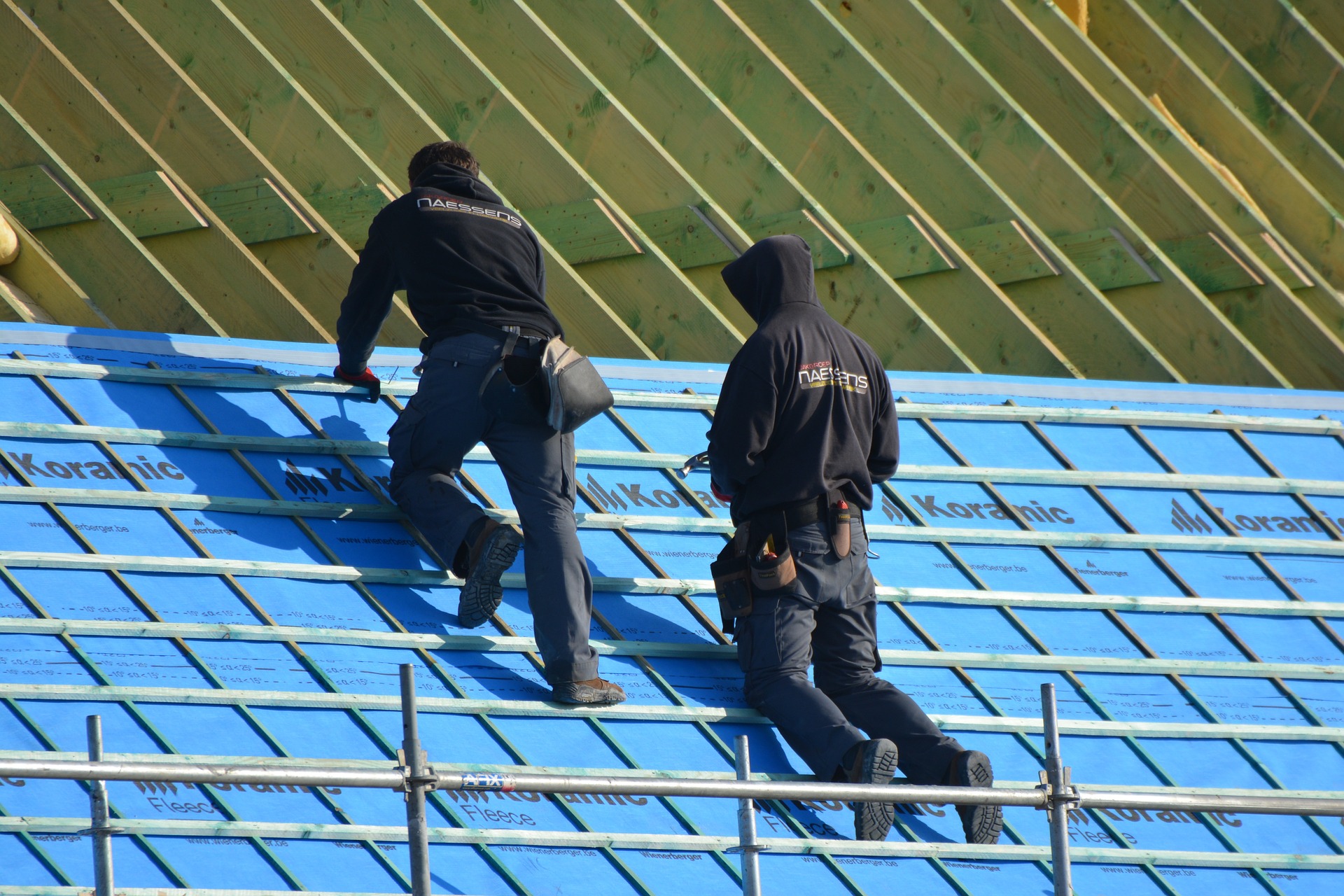Though mosquitoes are little creatures on earth, they disturb not only human beings, but others are also biting. A homemade Mosquito Trap can reduce the problem of your health disorder due to mosquito bites. They can inject a few viruses which can cause great damage to us. Some diseases may result in you lying on the bed for days whereas others may have an untold health impact on your overall health.
But you can get rid of these annoying creatures by adapting some steps. There are various ways to drive these little vampires away. They may be hazardous for your health as they emit harmful chemicals.
There are environment-friendly ways too to drive them away. According to my, homemade mosquito trap is the best mosquito trap among them. And, in this article, I am going to assist you on how to make a homemade mosquito trap at home easily.
Homeowners, as well as commercial establishments, should realize the dangers of mosquitoes. There are many serious dangers and diseases that you can end up contracting. From malaria, and dengue to encephalitis, not only can it ensure that you stay bedridden for weeks, but in extreme cases, it can prove to be life-threatening. This is why you need to look at the best mosquito trap to help you keep these dangerous insects away from yourself and your family at all costs.
Dump and wetlands are the main sources of mosquitoes’ breeding place. So, make sure there are no spaces inside or outside your house where water is logged or dump areas. If you find any, try to clean them fast before they increase their number immensely.
Carbon dioxide is a gas that attracts mosquitoes and following carbon dioxide traces; they find their victims out to bite us. We leave carbon dioxide at the time of our inhaling.
How does a homemade mosquito trap work?
Cool! The concept is very simple, and anyone can do it without any hassle. In this trap, a plastic water bottle is needed to make it. In it, there is a mixture of yeast and sugar. When the yeast consumes the sugar, it started to produce carbon dioxide continuously. As the little bugs attract carbon dioxide, they fly in the water bottle and get stuck. After a few times, they die inside. This is the basic concept of making and executing a trap that can attract mosquitoes.
After clearing the main concept of the trap, I would like to describe to you the ways of making the mosquito trap. To do the entire process, all you need are a few materials along with a water bottle (a maximum of 2 liters can do the job perfectly).
So, let’s get started….
Materials you need:
- An empty 2 liters plastic water bottle
- Scissors or box cutter or razor knife
- Duct tape
- A marker (red or black will do)
- ¼ cup brown sugar
- 1 cup of hot water (need to make it cool later)
- 10-gram brewer yeast
As you have arranged all the materials mentioned above, it is time to start the next steps.
Cutting the water bottle to make a funnel:
With the help of scissors or a box cutter, you can cut the bottle at the desired point. To make it easier, you can use a marker to make a circle on the bottle where it needs to be cut. You should cut the bottle 4 inches from the lid of the bottle. Do it carefully as there are no unfinished zigzag edges that may cause harm to your hands.
Now, if you put the top part of the bottle facing down, it should look like a funnel through which mosquitoes will enter.
Water, brown sugar, and brewer yeast:
With the measuring cup, take 1 cup of water into a pot and boil. Allow it a few moments to be cool and then pour brown sugar with the water to make a mixture. You should wait a few moments to dissolve the sugar. When it dissolved, add yeast to the mixture and let it be cool again.
Make sure you have put the mixture into the lower part of the bottle (bigger part). Now place the top lid onto the bottle facing down so that it can make a funnel. Use duct tape to wrap the uneven edges as they can harm your hands while moving.
The trap is ready for the action:
As the funnel to trap mosquitoes is almost ready to use, and the yeast is ready to consume sugar to produce carbon dioxide, the play begins. Keep one thing in mind that carbon dioxide will produce as long as the yeast eats all the sugar up. After that, it will not work as a trap. In this case, you can reuse the trap again and again.
The yeast may take only two weeks to eat up all the brown sugar and end producing carbon dioxide. But you should not worry about it as you can replace all the materials, again and again, to rejuvenate the trap for attracting the little vampires.
In this way, drive the annoying mosquitoes away and keep your surroundings these little bugs-free to lead a healthier and happier life. Now, you can enjoy the summer vacation sitting on your armchair at the time of sunsetting. A homemade mosquito trap can ease the chances of your disease rate.
If you do not want to get your hands dirty or do not have time to invest in the creation of such tools, there is an easy way out. You can always look at some cost-efficient and affordable residential mosquito removal services that guarantee peace of mind and great hygiene for your home.
Read Also:






















